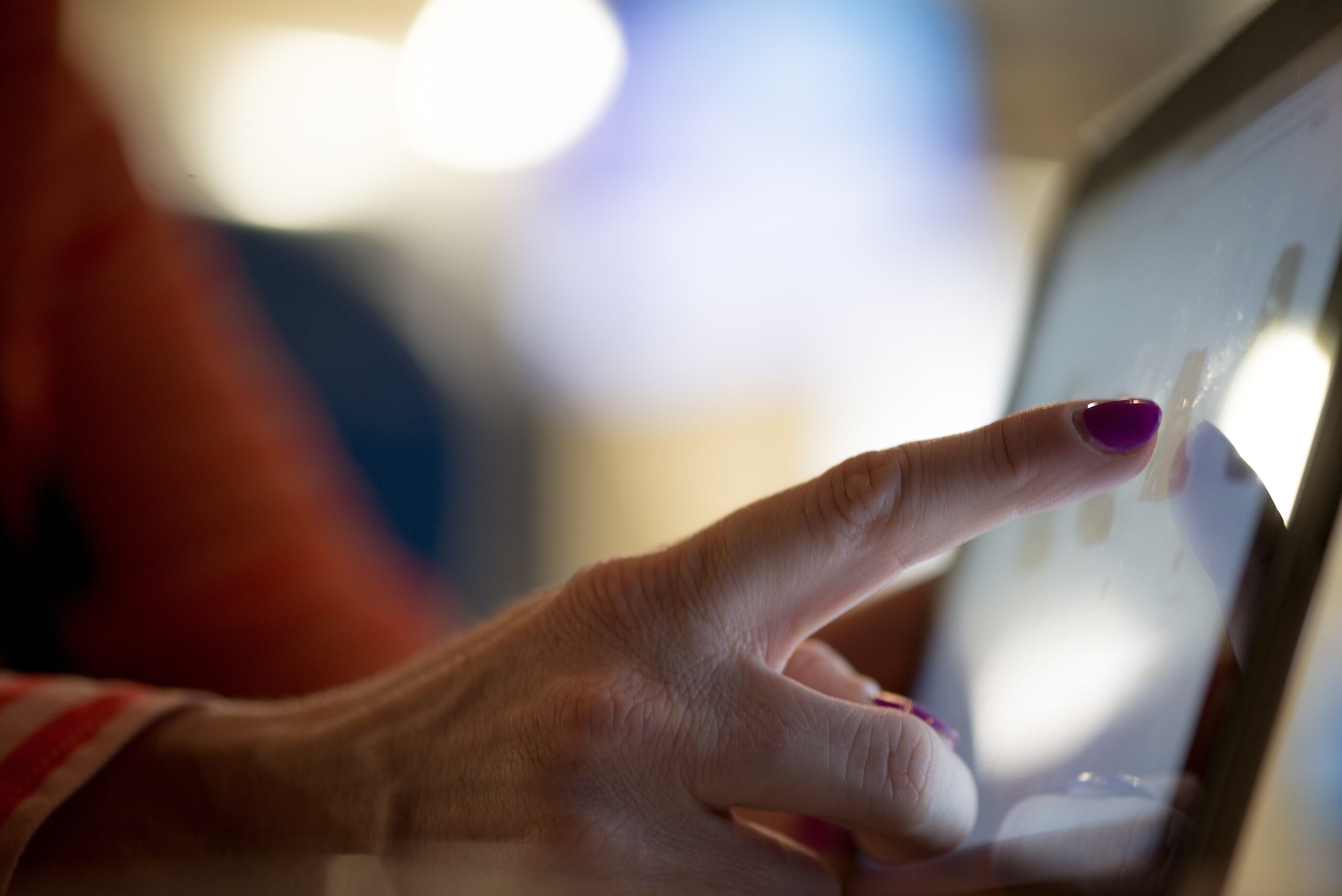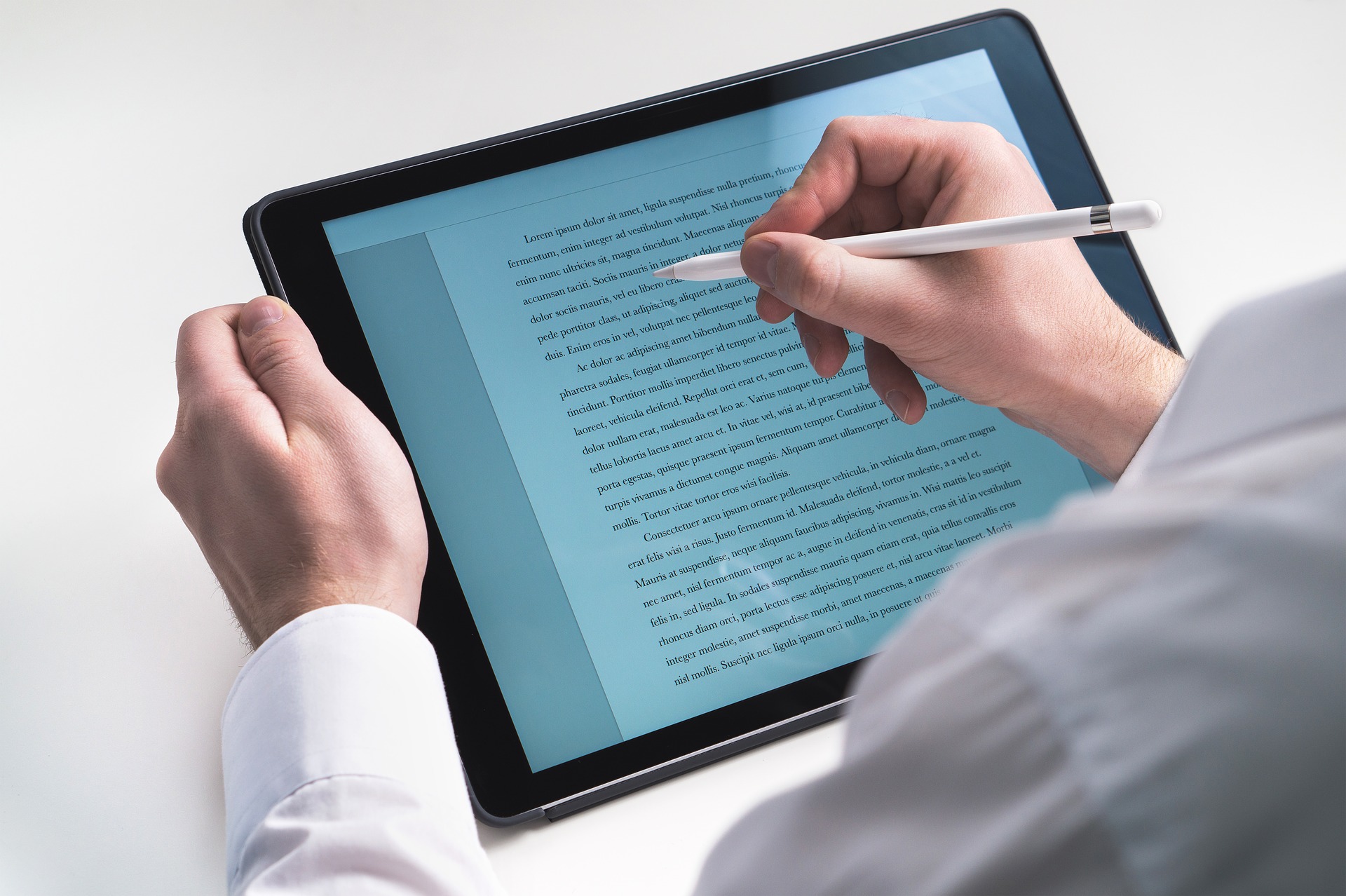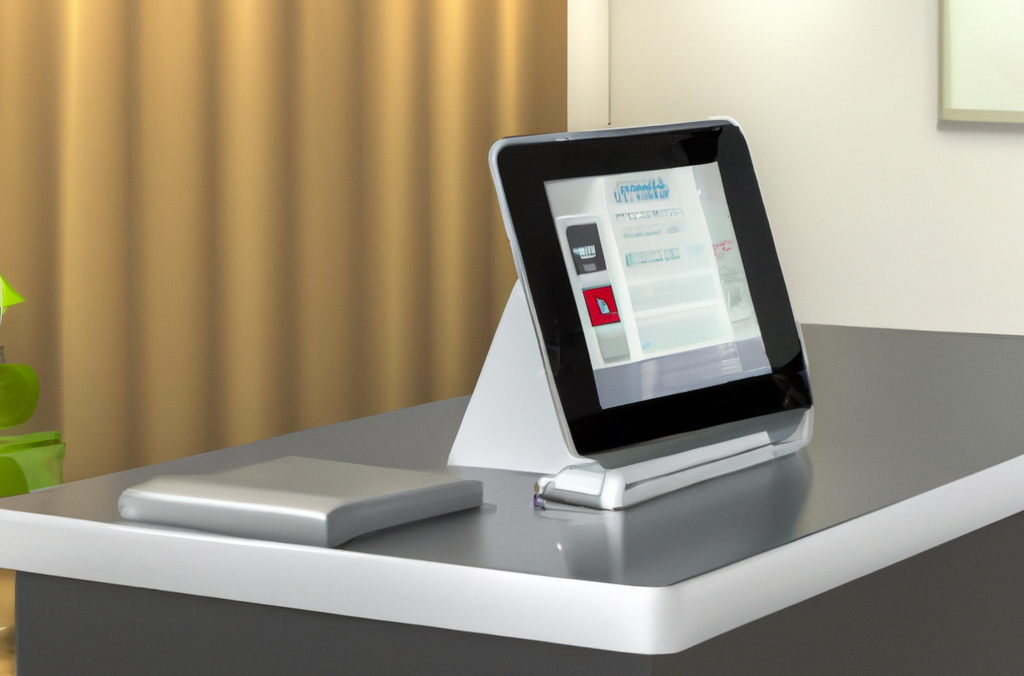Use Electronic Signatures to Streamline Your Business | Check-in App

To compete in today’s fast-paced business world you must be ready to sign and move on to every opportunity at a moment’s notice. Traditional contracts, non-disclosure agreements (often referred to as NDAs), proposals, waivers, and other legal documents have required multiple meetings at various locations, reams of paper, and faxing back and forth. This process wasted valuable resources while requiring an enormous administrative effort.
Let eSignature save your organization time and money. Your business can easily leap ahead of those still using the traditional signing methods. ESignatures streamline any document signing process.
What is an Electronic Signature?
According to the US Federal ESIGN Act, an electronic signature can be “an electronic sound, symbol or process that is attached to or logically associated with a contract or other record and executed or adopted by a person with the intent to sign the record“. In plain English, when a person agrees to accept what you have presented to them they can show their agreement by checking a box, typing their name, inserting an image, or even inserting a recording stating their agreement. The wording of the act allows for a variety of ways to verify an agreement to be obtained electronically giving your business the freedom to secure the type of signature you need from the standard NDA or waiver to a binding contract.
eSignature Legal Requirements
In order for an eSignature to be legally binding, it must meet five criteria laid out in the ESIGN Act and the Uniform Electronic Transactions Act (UETA).
- Intent to sign – The user must have the option to decline the signature request.
- Consent to do business electronically – The user must agree to do business electronically prior to signing. Most signature software will prompt the user to agree prior to signing.
- Clear attribution of signature – Attribution can be traced from the signer’s email ID to the device IP address to the signature timestamp.
- Association of the signature with the record – The signature must be connected to the document. A signature cannot be obtained separately.
- Record retention – You must be able to produce the signed copy as if it were a printed signature. Most electronic signature software will provide the company with a fully executed signed copy or the option to download a copy for their records.
Which eSignature App Should You Use?
We recently wrote about which eSignature app is best for your organization. The primary considerations are:
- Where do you collect eSignatures? – in-person (for example, as part of your event registration or meeting check-in app) or strictly remote?
- How many digital signatures do you wish to capture?
- How much have you budgeted for digital signature software?
Greetly, DocuSign, and SignNow all offer legally binding eSignature apps that are likely to fit seamlessly into your existing business operations.





